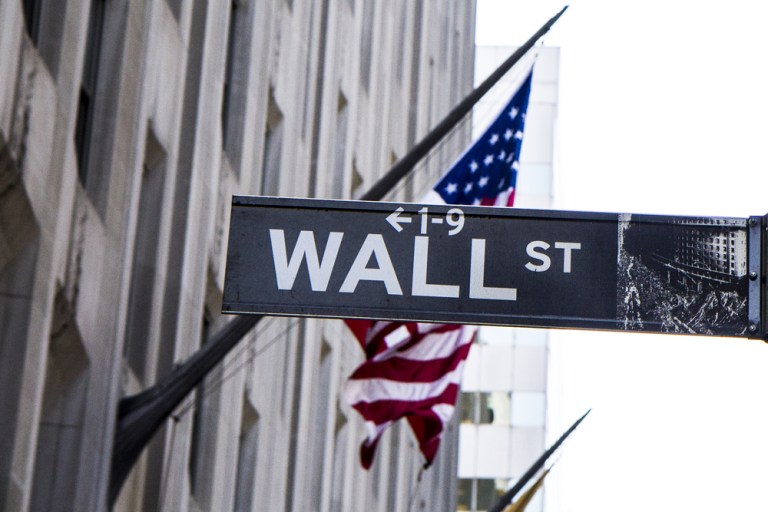
Two hours into the trading day, bank stocks are helping to lift the markets, leaning in part on the trio of big names in the sector that reported Friday (Jan. 13) — that would be JPMorgan Chase, Wells Fargo and Bank of America.
The respective scorecard is beat, miss and mixed.
That’s on headline numbers, of course, and as they say, the devil is in the details, or maybe the proof is in the pudding. Or maybe the pudding is in the devil dogs.
As for bank earnings, themselves: JPMorgan stands out with a sizable beat on the bottom line with $1.71 in earnings versus the projected $1.43. Revenues of $24.3 billion, showing a 2.4 percent gain year on year, were $380 million better than analysts had foreseen.
While some might focus on trading volumes (which do indeed help banks and, for JPMorgan, to give just one example, were up on average 20 to 30 percent depending on the segment), it’s worth noting that the beat also came on the heels of strong growth in account deposits and credit card activity, which were both ahead from a year ago by double-digit percentages.
Merchant processing volume, the company said, stood at over $1 trillion for the year.
Looking at business banking overall, for the quarter, JPMorgan reported average business banking loans on the books of $22.5 billion in the fourth quarter, up from $22.1 billion in the third quarter (i.e., sequentially) and $20.9 billion a year ago. For the card business, the average on the books at the end of the most recent quarter was $136.2 billion, up $3.5 billion sequentially and $127.6 billion from last year. Net charge-off rates were up a bit, from 2.51 basis points in the third quarter to 267 basis points in the latest period, growing from 242 basis points last year.
Further delving into credit, JPMorgan said that credit card sales volume stood at $148.5 billion versus $130.8 billion last year in the final quarter of 2015. As for mobile customers, the bank said that it had 26.5 million active mobile users, up 16 percent from last year.
For Bank of America (BoA), and again on headline data (this time mixed), earnings of $0.40 a share beat the Street by two pennies even as revenues of $20 billion were off by $850 million vversus the Street. The total average loan and lease book grew by 6 percent year over year, and within that aggregated book, consumer banking at $254 billion was up $5 billion sequentially and outpaced the $235 billion seen a year ago. The deposits seen, as measured by average holdings during the quarter, stood at $618 billion, up from $564 billion last year. Improvements in both commercial and consumer charge-offs took the net charge off ratio to 39 basis points, better than the 52 basis points in 2015’s fourth quarter. Similarly, mobile users also saw improvement, to 21.6 million users from 18.7 million last year. Mobile conduits at BoA accounted for as much as 19 percent of deposit transactions, the company said, better than the 15 percent last year. Online banking accounts were 33.8 million in number, up from 31.7 million last year. Total digital transfers and payments in the quarter stood at $250 billion, with $233 billion seen last year.
And amid continued trouble at Wells Fargo, the bank missed top- and bottom-line estimates, amid well-publicized account scandals and fines, with $0.96 a share in earnings, four pennies shy of estimates, and relatively flat revenues of $21.6 billion.
Our purposes here are not to go over the remediation efforts tied to the scandal where millions of bogus accounts were created (that will be for another article) but for tracking how customers count and interactions are faring. Earnings supplements show that credit card new accounts were off 47 percent year over year, net charge-offs grew by $30 million from last quarter and point-of-sale transactions were at 302 million, up from 296 million. Further, in retail banking, Wells said its total digital active customer count stood at 27.3 million, down from 27.4 million in November 2016.